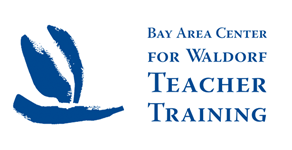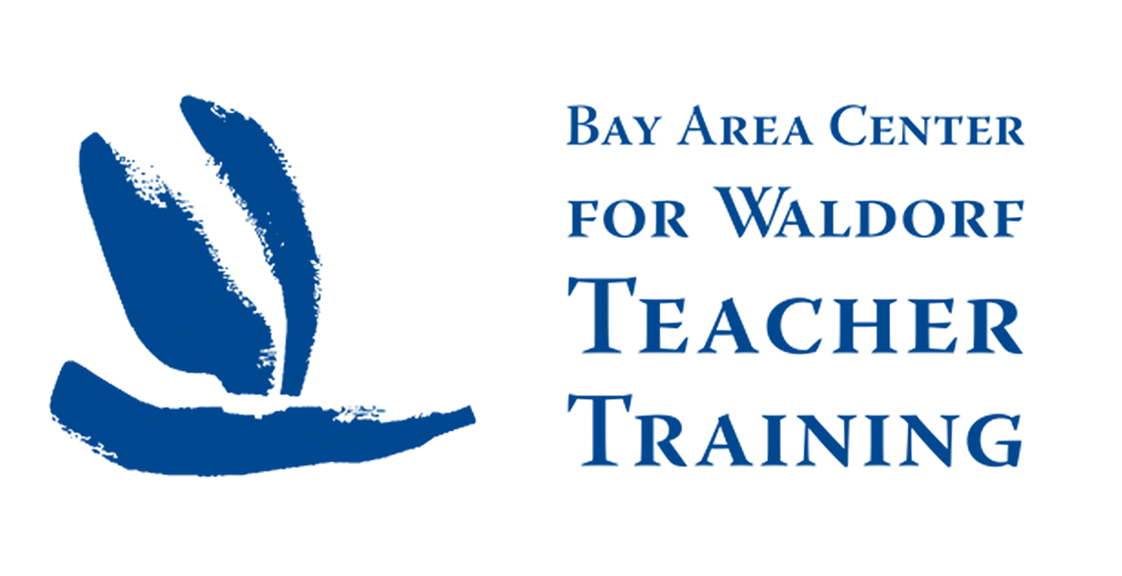Dear BACWTT Students, Alumni, Friends and Colleagues,
Here is the verse from the Calendar of the Soul for this week:
Verse 44
Reaching for new stirrings of the senses
Mindful of spirit birth attained
Clarity of soul imbues
Bewildering, sprouting growth of worlds
With my thinking’s creator will.
Two weeks ago, we heard “through warmth of heart the senses’ revelation.” In last week’s verse, we heard about “soul forces” and “soul fire.” We can discern a progression out of the winter, warming and awakening to the outer world. This week, we can hear something of the position we find ourselves and can imagine this as a human stance or gesture:
Reaching outward through the senses.
Looking back to the inner experience of the deep mid-winter.
Feeling clarity growing within as we observe around us the stirrings of nature.
Below is a modern, abstract human figure by Henry Moore dramatically placed against the backdrop of Renaissance Florence. The combination of forms and surrounding environment may help to capture the interweaving experiences of the verse together into one image. It can help us to try to imagine the verse not only as words and thoughts, but transformed into form, gesture and position.
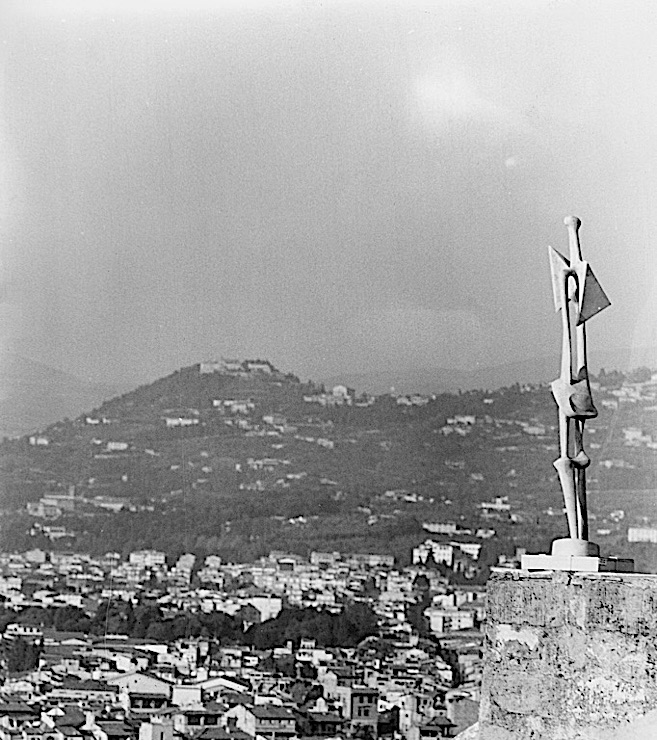
The last line of the verse introduces an unusual thought – “thinking’s creator will” – something we do not hear often and indeed something, even in Waldorf circles, not often discussed when considering the threefold nature of thinking, feeling and willing.
The idea that thinking is filled with creativity is not unusual. But that it is both creative and filled with will forces is. Our tendency to regard thinking as an activity that is observational, logical and rational; that it can describe and record that which already exists. But we miss an aspect of the true power of thinking when we are not aware of the power of thinking to willfully create new things. We can miss the remarkable human gift this is, and also the dangers that it provides when free from any outer societal or inner moral constraints. The way Steiner uses “creator” instead of “creative” hints at this god-like power we possess to create for the good or for ill.
Who can doubt the remarkable power of thinking to create whole worlds when we consider the creative output of people like Shakespeare? Or Michelangelo?
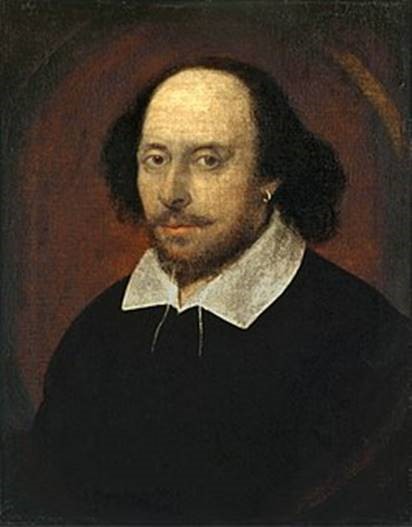
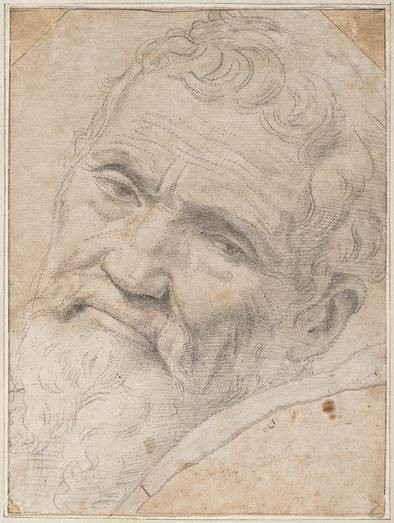
Or of the power of the thinking of Nicholas Copernicus to change our conception of the universe? Or the power of thinking to unleash the forces of nature that the scientists working on the Manhattan Project achieved?
An awareness of this character of human thinking should be a guiding principle in the education of young people. Not only teaching them to be able to think, but to be creative, flexible, mobile, multifaceted in their thinking – and to be responsible for what they generate through their thoughts – because the way they think and what they think can change the world. We have to be careful in shaping their thinking if the emphasis is upon information and facts and calculations if this hinders and dampens down the capacity and willingness to think originally – outside of the box – to be able to think something new and better, more comprehensive and humane.
In this direction, the arts have an important role to play. In my opinion, it is a gigantic mistake to think that the arts do not involve thinking – that they do not educate, school and form the powers of thinking. In fact they bring warmth, feeling and process into what can easily become cold, insensitive, and static. They enliven and individualize that which can become deadened and impersonal.
We witnessed a number of moving artistic presentations at the inauguration ceremony recently. For me, the moment when the young poet, Amanda Gorman, spoke was a beautiful expression of the importance of the artistic shaping of thoughts – so that her words could reach into and capture the essential heartfelt experiences of our time. As well as her powerful words, I enjoyed seeing all of the remarkably intelligent, powerful people, who are so articulate and educated, sitting quietly listening to her. How through her artistry, the thoughts in her words, she was able to bring to life and express things that they never could.
In the verse this week, “clarity of soul” is possible when “thinking’s creator will” addresses the “bewildering world.”
This idea is something we can focus upon in our teaching and guiding of students. This capacity of thinking to willfully find its way through to clarity is something we should value and support as life becomes more complex and the messages we receive through the media more bewildering.
I had the pleasure of teaching anatomy to the 8th Grade at Marin Waldorf School over the last few weeks. As well as simply getting to know the skeleton that is within each one of us and an essential aspect of our physical body, we had an opportunity to penetrate into the beauty and mystery of the structures that allow us to be human, allow us to express our humanity. Or, put another way, we can feel indebted to the forms of our organism without which we could not be human, and we can look at the forms of our body and consider how they developed with an intention that is: humanity.
The way that the foramen magnum, for example, is at the base of the human skull allowing it to rest, gently balanced upon the spine. The way that the radius and ulna in the forearm work together to allow the hand to rotate and express openness and sympathy when the bones are parallel, or closedness and antipathy when the bones cross over each other. The amazing human thumb and the remarkable arches of the human foot that exist nowhere outside of humanity… I could go on!
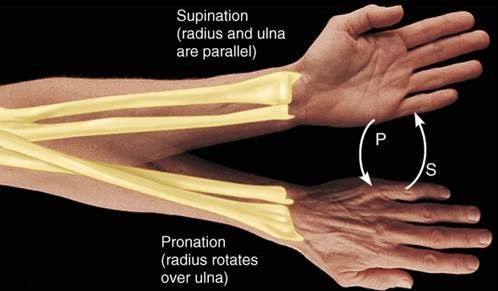
It is interesting to look again at artistic works that are filled with human soul qualities, and notice the positions of the hands and arms with this understanding of the open gesture of supination and the closed crossing gesture of pronation.
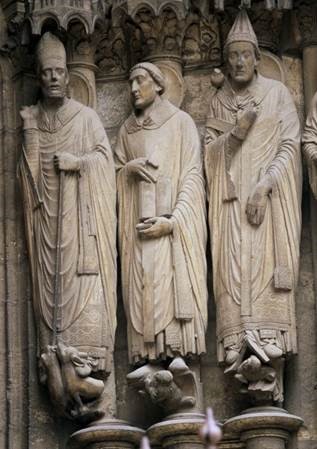
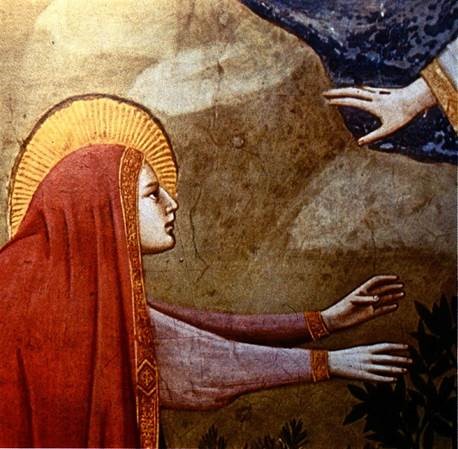
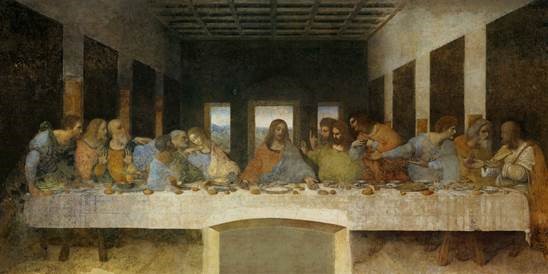
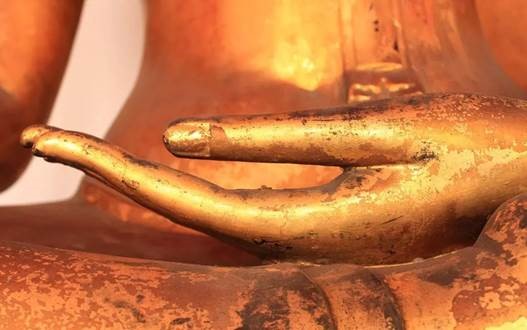
In the case of teaching anatomy to young people, we are working within the context of our times where they are bombarded with ready-made, “sidewalk science” ideas and conclusions. For me, this has the quality of “bewildering.” We have to carefully present the realities of the body, carefully discuss the realities of our experience of living in and with such a body, and carefully engage them to apply the will within their own thinking to explore and possibly discover new ideas.
In this time of challenge and change, we have many opportunities to apply the wisdom inherent in Waldorf education. We can work with this idea – that by engaging students in will-filled creative thinking, we can help to support a feeling of “clarity of soul.” This will help to heal the disruptions that our students are living through.
Ken
Kenneth Smith
Director
BACWTT
